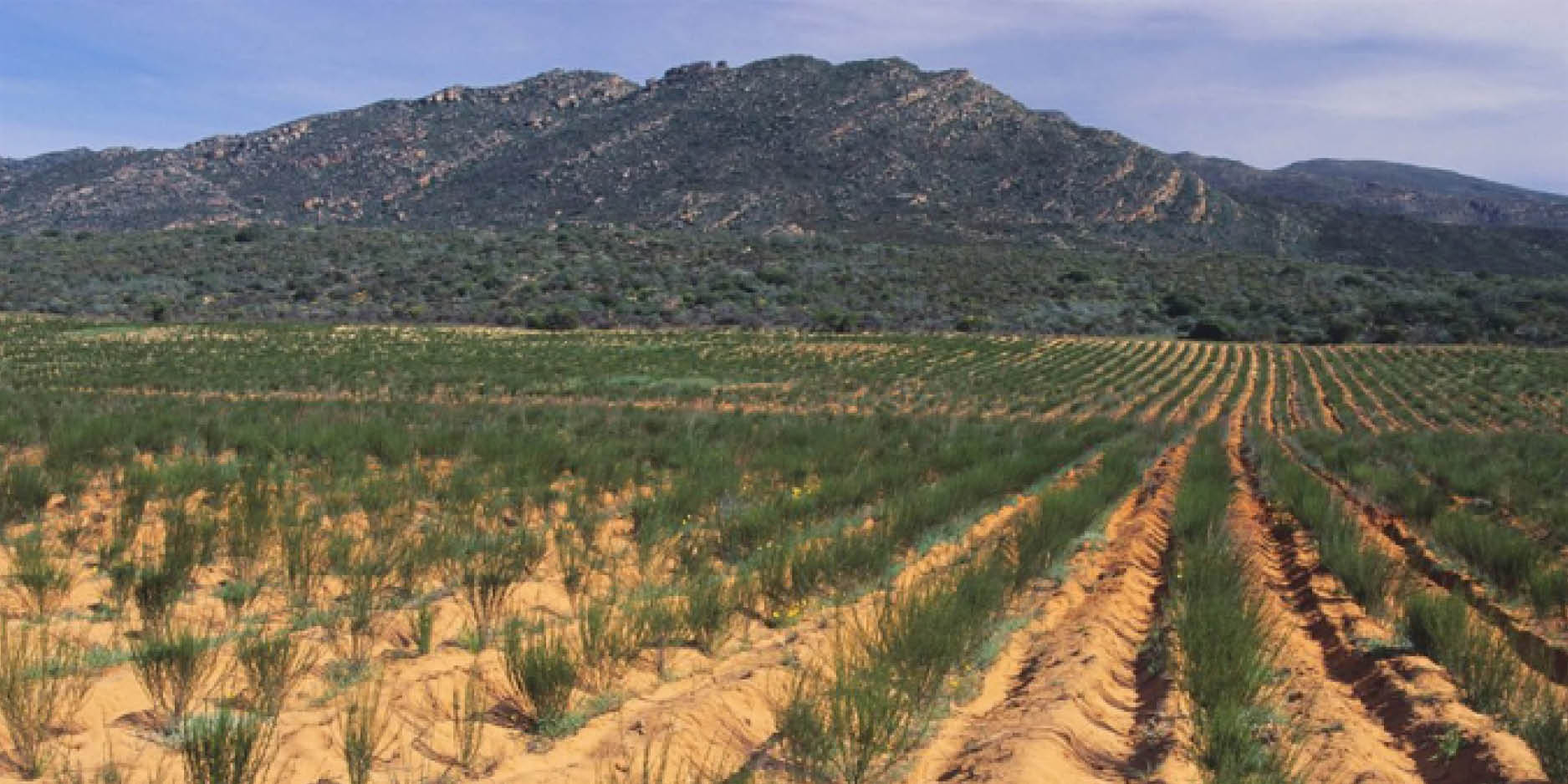A decision by Europe to protect Rooibos is now attracting tea tourists to the Cederberg
A decision by Europe to protect Rooibos is now attracting tea tourists to the Cederberg
- Rooibos tea was awarded the prestigious protected designation of origin status by the European Union in 2021.
- Now, farms in the Cederberg are welcoming an influx of international tourists.
- Although it’s not new, the Rooibos Route in and around Clanwilliam is seeing increased interest in the way the tea is made and its historical significance.
Rooibos tea was recently added to the European Union’s register of products with a protected designation of origin, and farms in the Cederberg region of the Western Cape report an influx of international tourists.
Rooibos is a unique and sought-after plant. It’s only farmed in the Cederberg, and its leaves have been used to make flavourful tea for hundreds of years. It’s a proudly South African plant and product which has made its way into cups across the globe.
The tea’s uniqueness was certified by the EU in 2021, when Rooibos was given protected designation of origin (PDO) status. As the first African food to be approved by the EU, its PDO status joins the ranks of Parmigiano-Reggiano, Kalamata olives, Roquefort, and other consumables that come from a designated region.
This protection status is good for the Rooibos brand, with European consumers being drawn toward unique foods with PDO-aligned backstories. And it’s not just helping Cederberg farmers sell more tea; it’s also attracting international tourists to century-old estates.
Tea tourism isn’t new, but it’s been boosted by the recent surge in Rooibos’ popularity. More travellers, both local and international, are interested in the Rooibos tea making process, from how the plant is grown and harvested to its cultural and historical significance.
“We’ve hosted tourists from all over the world, but there’s been an influx of German and Swiss tourists of late, and as locals have searched for secluded spots during the pandemic, Clanwilliam has become a favourite among South Africans too,” said Sanet Stander, co-founder of the Rooibos Route founded in 2014.
“Gone are the days when guests would be happy with just sightseeing and a comfortable stay. The new crop of tourists love being part of adventurous, unexplored activities, and tea tourism ticks all these boxes.”
The Rooibos Route includes tours showing how the tea is produced, from farm to cup, during the harvest season between December and March. It also offers heritage tours, detailing the history of Rooibos and the town of Clanwilliam. Tourists can also look forward to a Rooibos tasting and a Rooibos spa treatment.
“The registration of Rooibos as a PDO in the EU last year has created more awareness among the large tea-drinking nations in Europe of the origins of Rooibos and that it is unique to and only grows in the Cederberg region of the Western Cape,” said Adele du Toit, spokesperson for the SA Rooibos Council (SARC).
“Most of these tea estates are 100+ years old, so staying there and learning about its history, tea culture and heritage is a unique experience in and of itself. When you go on a tea tour, a whole new world starts to unfold. It takes you inside a century-old community that has been farming and processing tea for generations.”
And it’s not just Rooibos’ recently gained PDO status which is driving interest in the tea. The Covid-19 pandemic has made people more health conscious and has fuelled a resurgence in tea consumption, according to Du Toit.
“Globally, this trend has led to once dilapidated tea planter’s bungalows and houses being restored and turned into boutique hotels and lodges. Here, tea-lovers can enjoy a tranquil stay, away from the city surrounded by nature, while learning more about their favourite brew.”
Source: Business Insider

